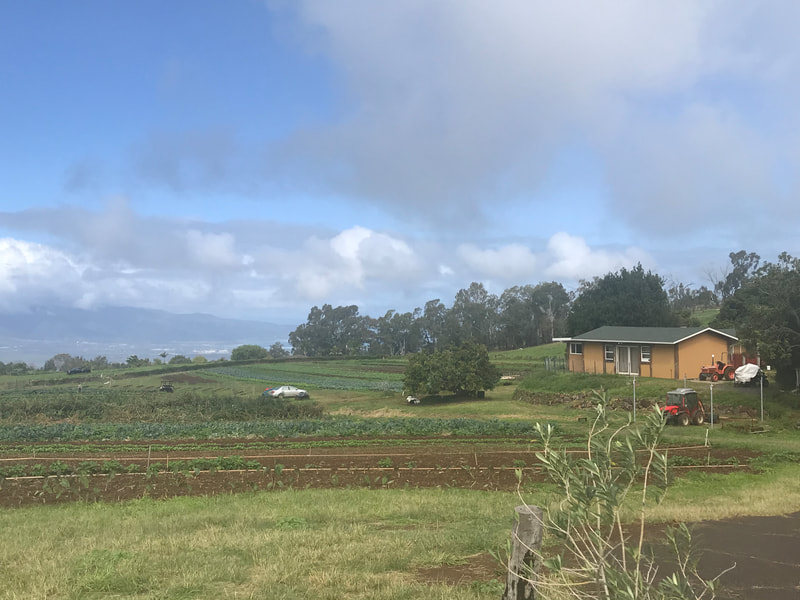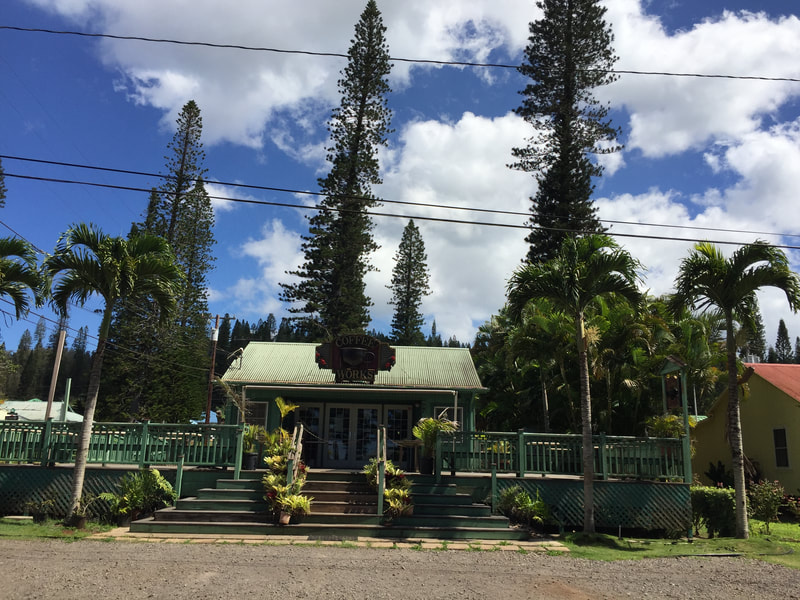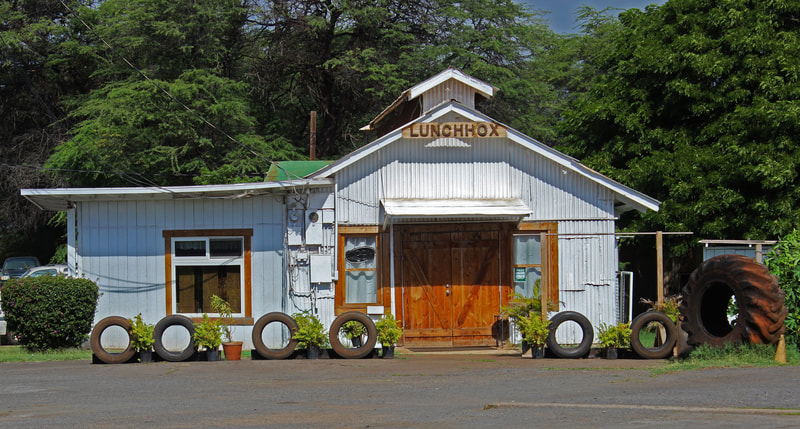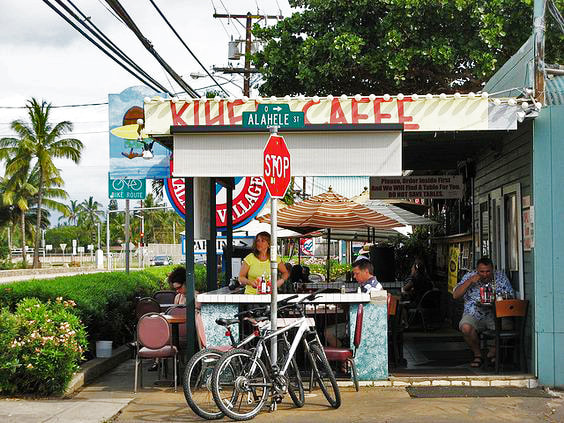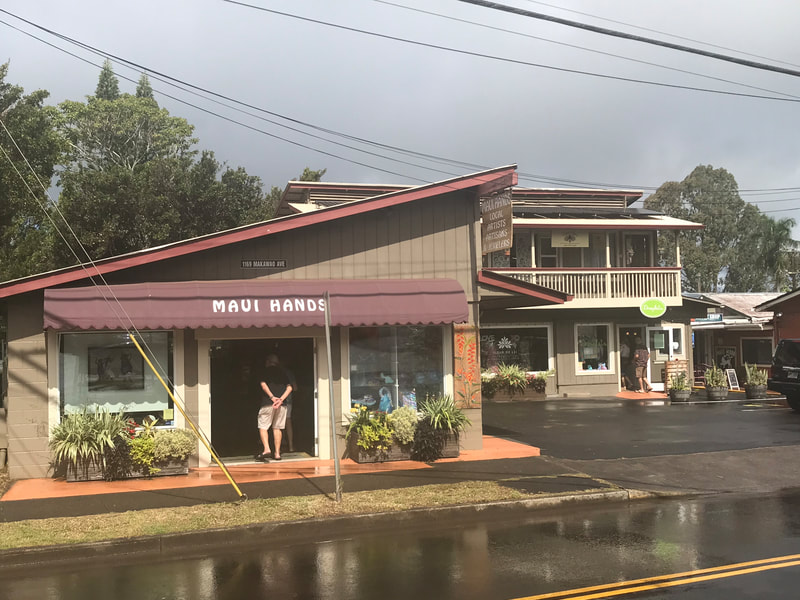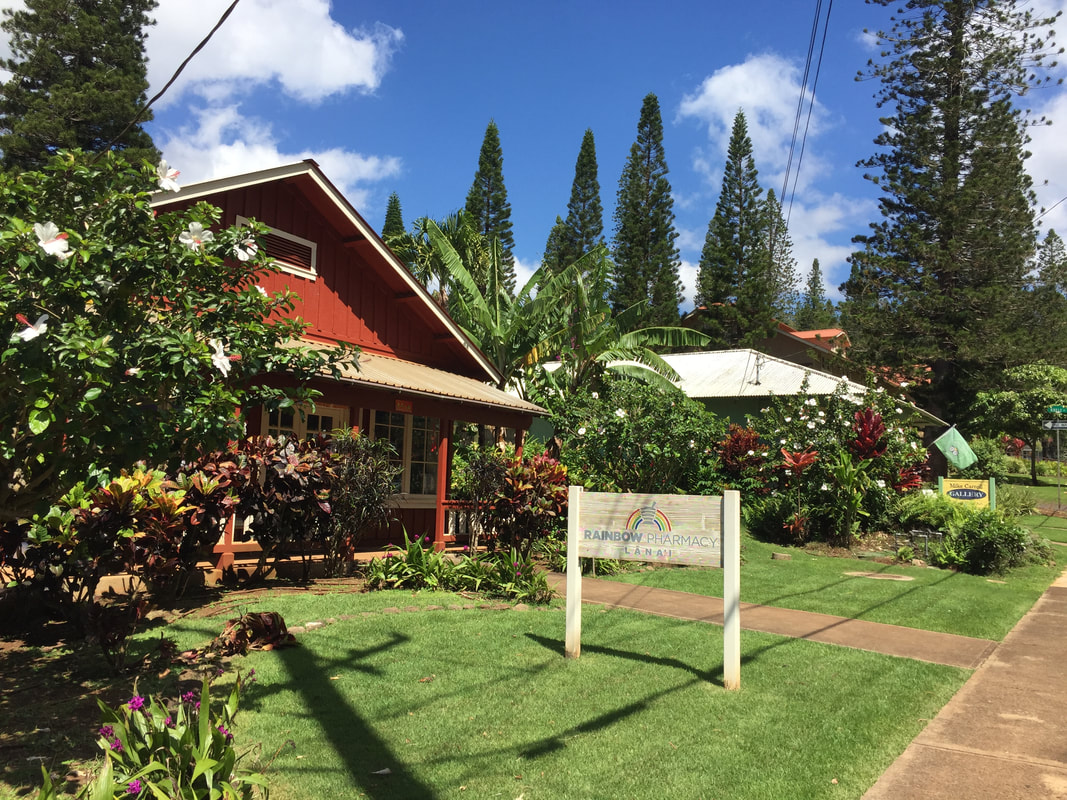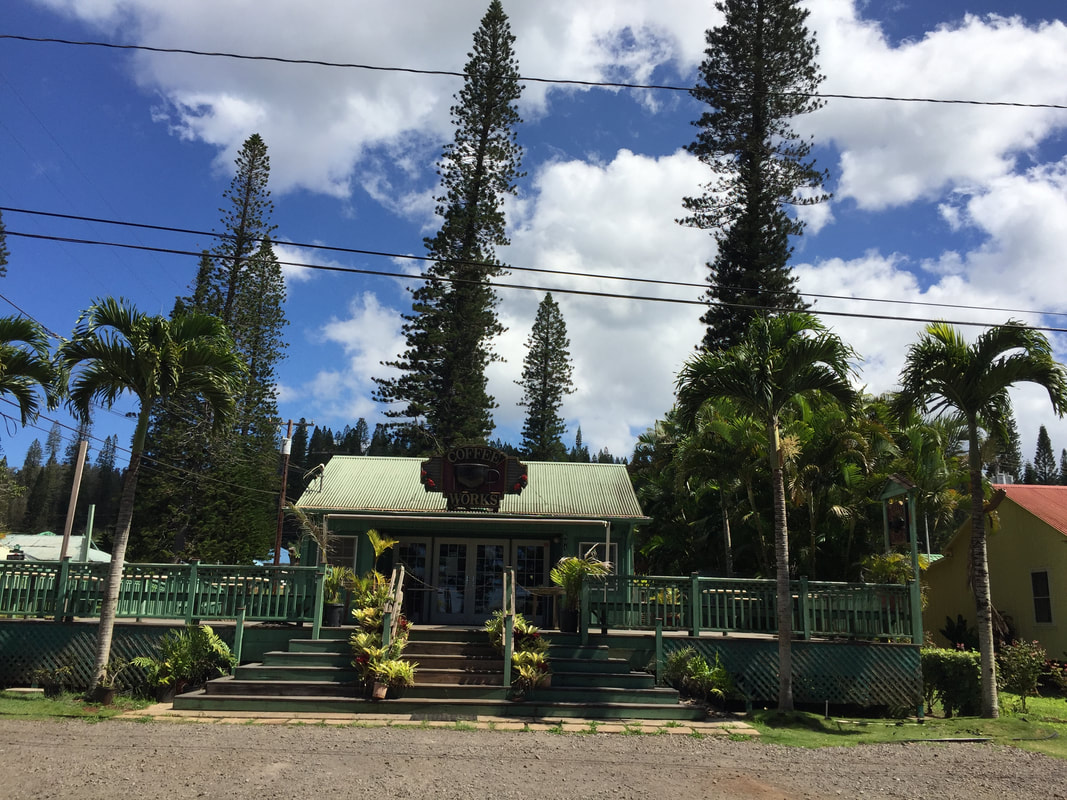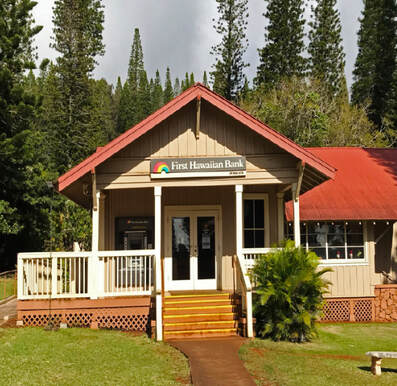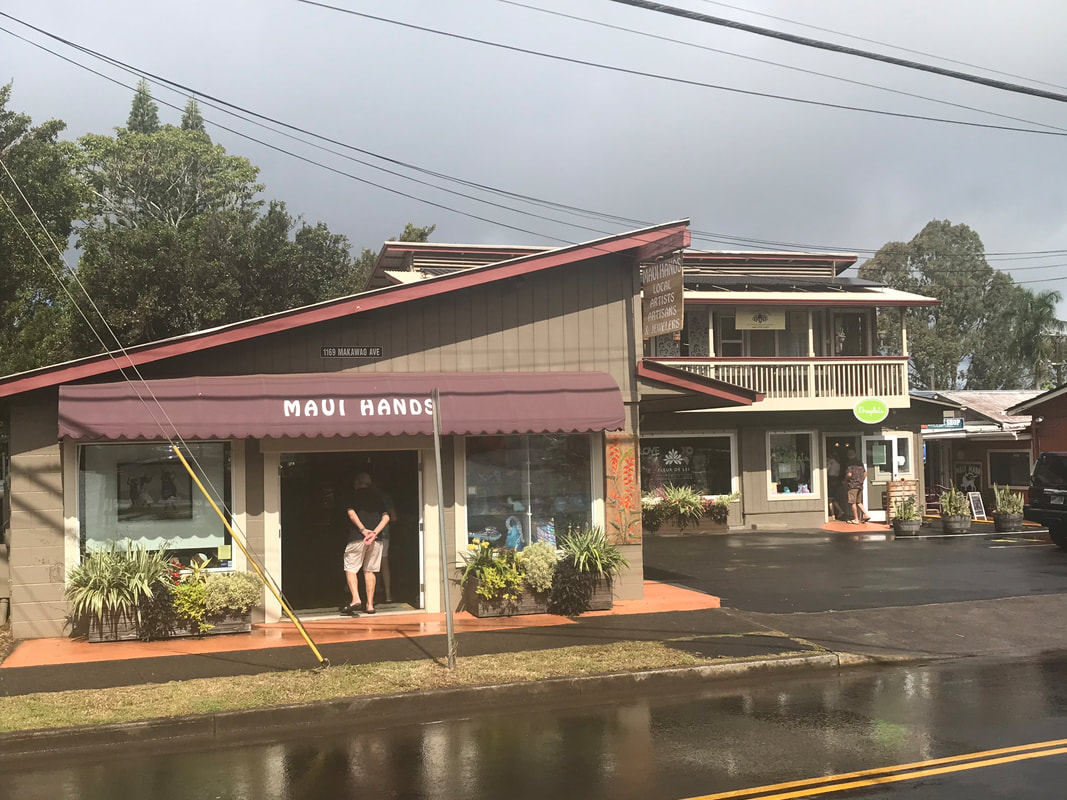|
WHAT IS ZONING?
Zoning is one of the most important plan implementation tools. Since Title 19 was adopted, the County of Maui has created many plans. Today, there are eleven plans that make up the County's General Plan framework none of which are fully supported by Title 19. Zoning is a regulatory tool that addresses the type, density, manner, and location of development and use of land and structures. The Hawai‘i Land Use Law creating a comprehensive framework for state and county land use regulation was originally adopted in 1961. Some aspects of zoning have existed in the US since the late 1800s. Los Angeles adopted a citywide code in 1909, New York in 1916, with other cities quickly following. Counties began adopting zoning codes later as density and diversity of land uses began to increase. However, the idea of establishing uses for certain areas or regulating them to certain places within a community go back thousands of years and were commonplace in ancient walled cities. Euclidean, Form-Based and Hybrid Codes – What are these? Euclidean zoning is the most common form of land-use regulation in the United States and was born as a result of the Industrial Revolution. It regulates land uses in the name of protecting public health, safety and welfare. It concentrates more on the incompatibility of uses (ex., residential vs heavy industrial) rather than on design. Maui County Code (MCC) Title 19 is considered a Euclidean zoning code. Form-based coding is a relatively new (1980’s) way to regulate development, and it controls the form of a building first and considers the use second. Because it focuses more on building and design, it takes into consideration more of the public realm and how regulating the form (building location, height, streets, sidewalks, and other public open spaces) can produce better walkability and foster community identity, or a “sense of place”. It also encourages appropriately mixed uses and promotes multiple options for mobility. A pure form-based code is easier to implement within a new community because new development tends to occur upon a clean slate. It is difficult to fit a form-based code into an existing Euclidean designed community or development. Because many communities and towns in the County of Maui (County) were built under the regulations of a Euclidean zoning code, the audit recommended that T19 be rewritten as a Hybrid code, a code that takes these two types of zonings into consideration. A Hybrid code meshes conventional zoning code (Euclidean) with graphic urban design standards that address land use design elements (Form-Based). The goal of the Title 19 Rewrite project (T19) is to continue traditional zoning uses where they exist, enhance those uses with scale, context and design tradition and elements (when appropriate), allow for more mixed use potential, and promote design elements that foster multiple transportation options than just the automobile (i.e., walking, biking, transit), notably where there is walkable urban development patterns. The combination of traditional zoning elements with form-based technique will allow the County to preserve or restore existing development and historic character, and at the same time, address modern development needs such as flexibility with parking, transit options, and mixed use development. |
NOTE: The pictures shown here represent different uses and building types within the diverse communities of Maui, Lāna'i and Moloka'i to illustrate the importance and impact that zoning has on a community so that tradition of the built environment can be honored and enhanced.
|
Maui County Planning Dept. 2200 Main St., Suite 315 Wailuku, HI Phone: (808) 270-6272 Email: [email protected]
Copyright © 2020

